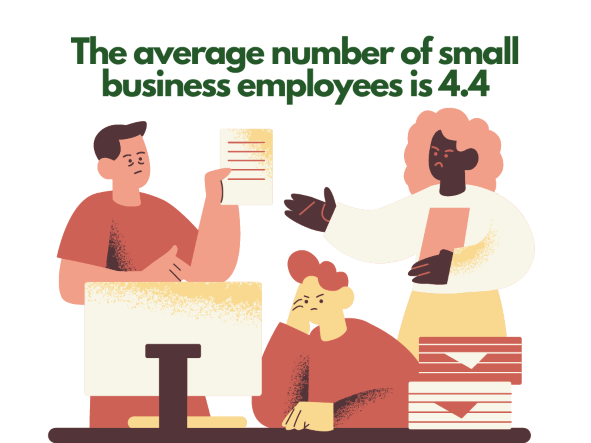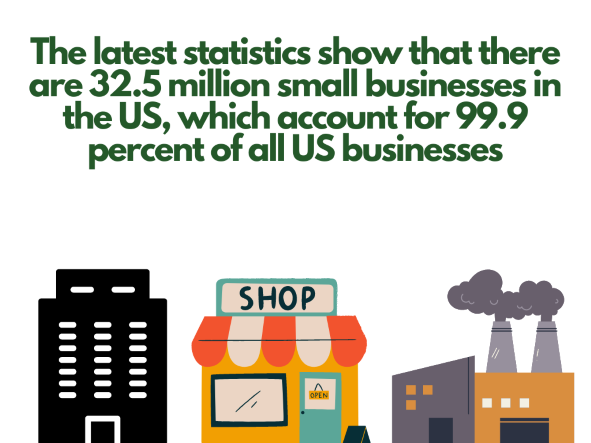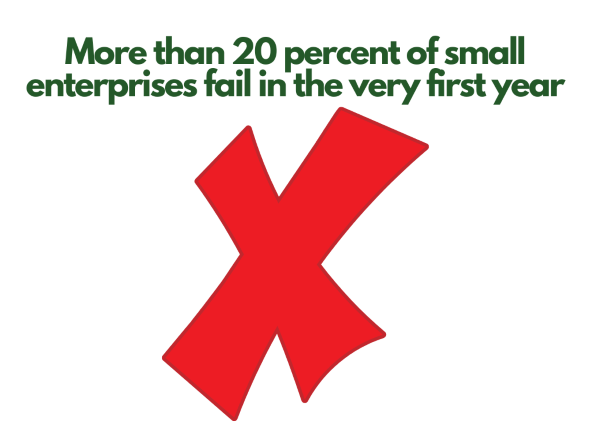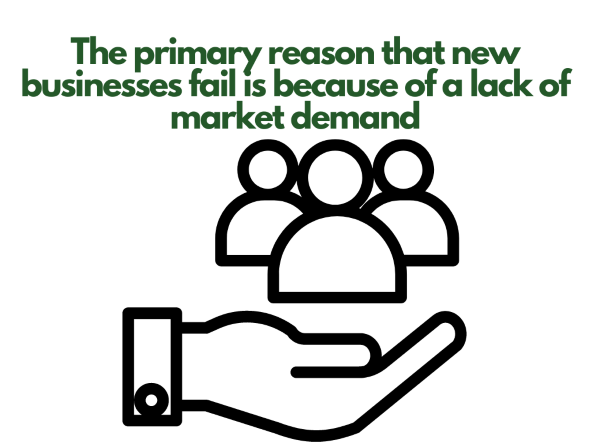Starting A Business Checklist
When you’re starting a business you need to know what you want to do to create a successful brand. Using a checklist can be a great way for you to check your actions against the necessary actions to ensure that you are going to have the best start in your new business. So here is our Starting a Business Checklist for you to use.
Starting a Business Checklist

Here are the items that should be on your starting a business checklist. Each item has some more information to help you.
Item 1 - Market Research
The first step for any potential business owner is to conduct market research. Whether you want the business to be a side hustle or a new full-time opportunity that employs hundreds of people, you need to know more about your market. There are several questions that you should be able to answer for example:
- What is the value of the market?
- Who are the current leading brands?
- What are the profit margins?
- Which platforms are used to sell to customers/clients?
- What is the average spend of a customer in a single transaction?
- Are there any barriers to entry (licenses, permits, etc.)?
There are numerous options for conducting good marketing research. Google will be a good platform to ask questions to find information. You might also be able to speak to current providers within the industry who can help you.
There are also options to speak directly to your potential customers and ask them what they think. Or you can speak to local government officials to help you to fill in the gaps.
Item 2 - Business Plan
Now you need to create a business plan. A business plan is part of the process that tells you what your plans are for going to market and running the business. You should use the information from the market research to fill in some of the blanks on the business plan.
However, there might be some blanks that you need to complete at another time.
The business plan needs to be constantly changed and updated but it can be a useful document as some third parties might request to see it. For example, you might get banks or lending companies to see the document before they decide whether to lend to you. In addition, you might also need to submit a business plan if you apply for a grant for your business.
Item 3 - Branding and Business Name

Now you need to create the branding for your business. It starts with a business name. A business name is really important, so many customers will not purchase a brand because they don’t like the name.
And you need to make sure that your name is unique and memorable. To make a name memorable, be sure to use names that are catchy and short. These are easier for audiences to remember. You should also consider that you can use names that include initials.
Unique names can be more challenging. There are going to be some names that you might think of that you might be taken by another brand. Using a name that has already been taken can be troublesome. Other brands might assume you’re trying to steal some customers from them through disruption. As a result, you can be sued and taken to court over the use of the name.
In addition, customers can be confused and might go to the other brand instead of yours. Google will rank the older brand higher often because they’ve got more credit than you do.
There are several ways you can check your potential business names for being unique. A business name search is key, and this can be done via your local government office. Another option is using Google and social media. If you do find your business name has been used, choose another, even if the other brand is no longer trading.
Item 4 – Register
Now you need to register your business. Registering your business offers your name to be protected, therefore, other business owners can’t use your name. Registering as an LLC also allows you to protect your personal assets from debts made against the business.
You should also register your business domain, and social media accounts, and get your business permits and other licenses that you might need to run your business.
Registration can take up to three weeks in most states. But you can get help by using services like ZenBusiness or Bizee.

Item 5 – Raise Finances
Now you need to start to consider how you’re going to get the financing for your business. Business owners can choose from numerous different financing options. For example, you can finance the business yourself. There is also the choice to borrow money from family and friends, get a business startup loan, or grants, or use the income you generate to fund the growth.
There are benefits and disadvantages to all the different options for financing your business. For example, you may put assets at risk with a bank loan, but you might also have relationship problems if you borrow from friends/family.
If you need to borrow money, the entity might want to see your business plan, samples of your products, and testimonials or have a deposit put down. Some institutes will lend only to those businesses that have registered their business as an LLC or corporation.
Likewise, if you plan to use credit arrangements with suppliers, you might get better credit terms if you’re a registered LLC business.
Item 6 – Build a Website
Websites are vital when it comes to running a brand online. Whether you’re going to be offering services or products, you need to have a website. There are numerous platforms that you can use to build your website. Shopify, Wix or Squarespace, WooCommerce, and WordPress are all excellent options for your website.
You also need to make sure that you have an exclusive domain for your website. Don’t go for a free domain as this often means your website has adverts added to it.
Hosting for your website can cost anywhere from $15 to $200 a month. Be sure that you’re looking at VPS or cloud hosting as your hosting solution. Never be tempted to use a shared platform, this will significantly slow down your website.
With your website you want to make sure that you’re ranking well on Google and other search engines. To start the process look at the keywords in the industry that are important. Ideally, you want to have keywords that have a high search volume but are low in competition. Each page you have should have one main keyword, two secondary keywords, and several tertiary keywords.

Item 7 – Social Media
Now you need to start building an online footprint. You should start with social media, publishing content daily to three or four different platforms. You need to have Facebook and Instagram as a must, but there is flexibility with other platforms.
For example, you might want to have YouTube and TikTok. Those in the service industry might prefer to have LinkedIn and YouTube. The final decision will depend on where you think your audience is hanging out.
Item 8 – Email Marketing
Email marketing is one of the most effective ways that you can sell. For every $1 that you invest in email marketing, you can generate up to $44 of revenue. It also generates the second most sales compared to other platforms like social media, with nearly a third of all sales being generated by email.
However, there are rules and regulations with email marketing. For example, you can’t just send people a marketing email, they must permit you (to opt-in). And you can do this with a mailing subscription process on your website/social media.
Then you need to send emails at least once a week, with brands who send two/three emails a week performing best.
Item 9 – Launch your Business
Now you need to launch your business. There are several ways you can do this. You can just click on the go button and start taking orders. Or you can have a launch party and invite the local media.
Getting the local media involved in any business launch can bring lots of interest to your business, at least in the short term.
Final Word: Starting a Business Checklist
If you’re looking to begin a business career and a new brand. Then you need to consider using the above Starting a Business Checklist to ensure that you’re going to start your business off on the right foot.












